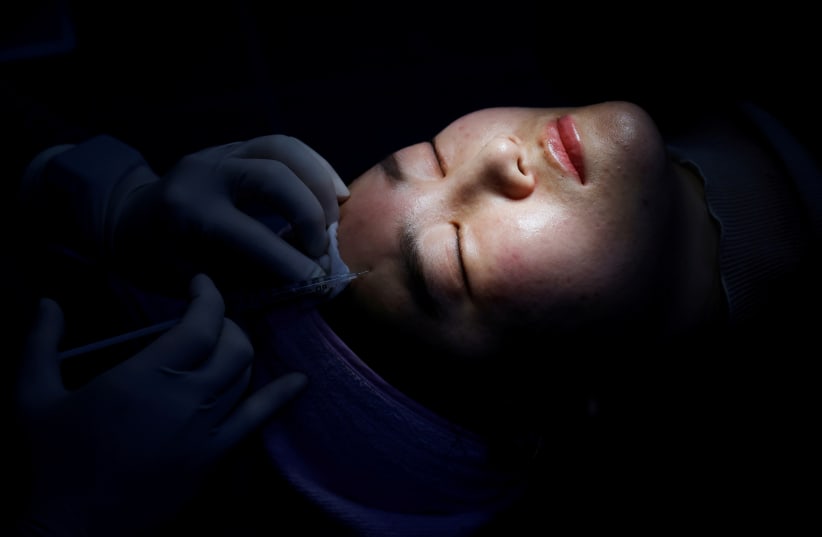We’re used to thinking that the body is one big, complex system. And yet, although the body's organs work together, they also function separately and independently. A new study published in the peer-reviewed scientific journal Cell Reports says that the human heart, lungs and a few other organs age at a different rate than the rest.
For example, someone 45 years old may have a teenager's metabolism, while a man with type-2 diabetes has the immune system of someone who’s twenty.
Most theories of molecular aging don’t distinguish between physiological systems and see the process as systemic. Now, the analysis of more than 4,000 people has found molecular changes specific to each organ. The study found that organs and systems age at a different rate, a phenomenon that can predict early mortality.
Lead author Dr. Sun Shu of the Beijing Genomics Institute explained that the research has used approaches that can help improve how scientists understand aging — this will, in the future, have practical applications for managing health. "We used biomarkers that can be identified from blood and fecal samples plus some measurements from a routine body test," he added.
Aging is more than skin wrinkles

"Organs and systems may have different ages, at least from a biological point of view," said Dr. Shu. The international team proved that there are a number of "clocks" within the body that vary greatly based on the genetics and lifestyle of each person.
Biological aging is a concept that has existed since the 1970s whereas previous studies focused on the macro level.
"There was a shortage of practical applications in a population-based sample for estimating the aging rates of the organs and systems of living people," the authors said, "so we decided to design one." Chinese men and women aged 20 to 45 provided images of their facial skin and underwent physical fitness tests during the study.
"Most studies on aging in humans have been conducted on older populations and groups with a higher prevalence of chronic diseases," said one lead author, Dr. Brian Kennedy of the National University of Singapore, "because the aging process in healthy young adults is largely unknown. Since several studies have suggested that age-related changes can be detected in people in their 20s, we decided to focus on this age range."
In total, scientists weighed 403 characteristics including metabolism, biochemistry, immunity, body composition and fitness, brain waves, gut bacteria and more. They classified these traits into nine categories related to various systems including heart/cardiovascular, kidney, liver, sex hormones, skin, nutrition, immunity, fitness and microbiome.
The researchers also divided the groups into male and female categories because of gender-specific differences. From there, the team developed an aging rate index that could coordinate different physical systems with each other. Based on their findings, they classified the volunteers as aging at a faster or slower rate than their chronological age.
Overall, the study found that the biological ages of various organs and systems have diverse relationships, including some unpredictable ones. Scientists expected that healthy weight and high fitness levels would have a positive effect. Surprisingly, a more diverse microbiome indicates a younger gut, yet causes kidneys to age faster because the diversity of species in the microbiome might make them work harder.
Future studies will use additional approaches to classify the characteristics of aging and to study the interactions between organ systems. The team also plans to use single-cell technology to examine the aging process in more detail.
